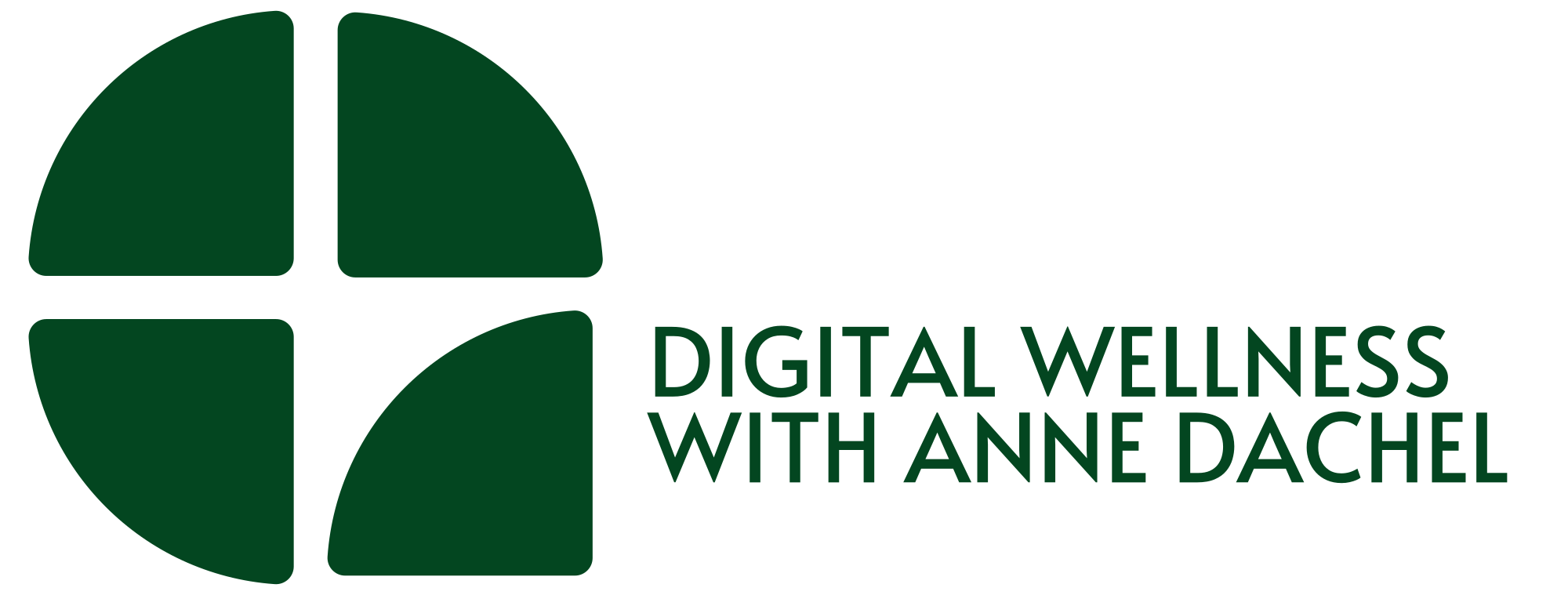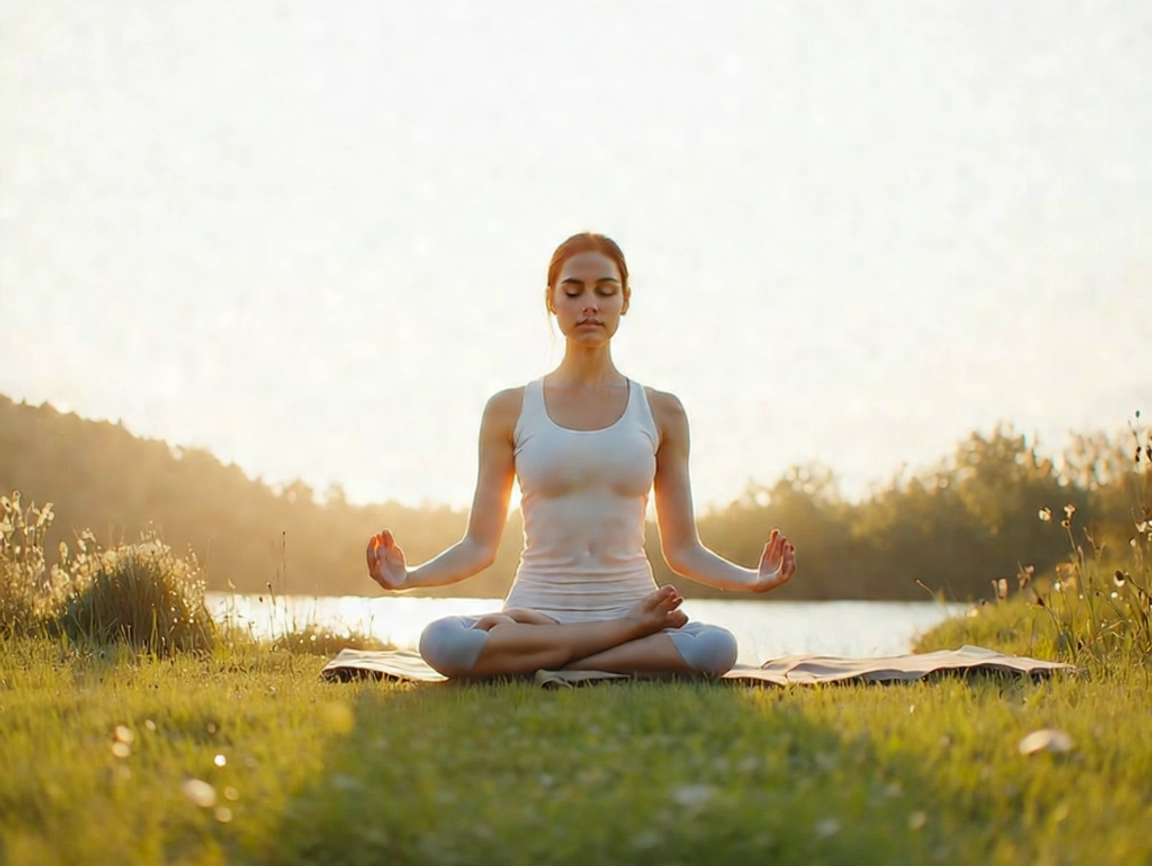In our fast-paced digital world, it’s easy to feel overwhelmed by the constant stream of notifications, emails, and social media updates. I’ve often found myself glued to my devices, struggling to find balance in my relationship with technology.
That’s why I’ve embarked on a journey to discover simple yet effective habits that can help us all cultivate a healthier connection with our digital tools. Through my research and personal experiences, I’ve uncovered strategies that not only reduce screen time but also enhance our overall well-being and productivity.
In this article, I’ll share these practical habits that anyone can implement to regain control over their digital lives. Whether you’re looking to boost your focus, improve your sleep, or simply feel more present in your daily life, these tips will guide you towards a more mindful use of technology.
Understanding Our Relationship with Technology
Our connection with technology is complex and multifaceted, shaping nearly every aspect of our daily lives. I’ll explore how digital devices impact our routines and help identify unhealthy tech habits.
The Impact of Digital Devices on Daily Life
Digital devices have revolutionized how we work, communicate, and entertain ourselves. I use my smartphone to wake up, check emails, navigate traffic, and stay connected with friends. Tablets and laptops have become essential tools for productivity and learning. Smart home devices automate tasks, from adjusting thermostats to ordering groceries. While these technologies offer convenience and efficiency, they also demand constant attention and can blur the lines between work and personal time.
Recognizing Unhealthy Tech Habits
Identifying problematic tech behaviors is crucial for developing a healthier relationship with technology. Common unhealthy habits include:
- Compulsive checking: Frequently looking at devices for notifications or updates
- Phubbing: Ignoring in-person interactions in favor of digital devices
- Sleep disruption: Using devices before bed, affecting sleep quality
- Productivity loss: Constant task-switching due to digital distractions
- FOMO: Fear of missing out, leading to excessive social media use
I’ve noticed these habits in my own life, such as reaching for my phone first thing in the morning or scrolling through social media during meals. Recognizing these patterns is the first step toward developing healthier tech habits and finding a balance between digital engagement and real-world experiences.
Setting Boundaries with Your Devices
Setting boundaries with my devices is crucial for maintaining a healthy relationship with technology. I’ve found that implementing specific rules and limitations helps me regain control over my digital habits and create a more balanced lifestyle.
Establishing Tech-Free Zones at Home
I’ve designated certain areas in my home as tech-free zones to promote face-to-face interactions and reduce distractions. My bedroom is now a sanctuary for rest and relaxation, free from screens and notifications. I’ve also made the dining area a device-free zone, encouraging meaningful conversations during meals. By creating these spaces, I’ve noticed improved sleep quality and more engaging family time. You can read more about this topic here: https://medium.com/@mansinemiwal/5-steps-to-create-tech-free-zone-57b9ebc68c1c.
Implementing Digital Curfews
To improve my sleep habits and reduce late-night screen time, I’ve set a digital curfew for myself. At 9 PM, I turn off all non-essential devices and switch my phone to “Do Not Disturb” mode. This practice gives my mind time to wind down before bed, resulting in better sleep quality and a more refreshed feeling in the morning. I’ve also found that this curfew helps me prioritize evening activities like reading or spending time with loved ones, enhancing my overall well-being.
Practicing Mindful Technology Use
Mindful technology use is essential for maintaining a healthy relationship with our digital devices. I’ve discovered that being intentional about how and when I engage with technology has significantly improved my overall well-being and productivity.
The Power of Single-Tasking
Single-tasking has transformed my approach to using technology. I focus on one task at a time, giving it my full attention. This practice has improved my concentration and reduced the stress associated with multitasking. For example, when working on a project, I close unnecessary browser tabs and turn off notifications. This approach has increased my efficiency and the quality of my work.
Embracing Digital Minimalism
Digital minimalism has become a cornerstone of my tech habits. I’ve streamlined my digital life by:
- Uninstalling unnecessary apps
- Organizing my digital files and folders
- Curating my social media feeds
- Limiting my subscriptions to only essential services
This minimalist approach has reduced digital clutter and helped me focus on what truly matters. I now spend less time scrolling through irrelevant content and more time engaging with meaningful information and connections.
Prioritizing Face-to-Face Interactions
I’ve found that prioritizing face-to-face interactions is crucial for maintaining a healthy relationship with technology. By consciously choosing in-person communication over digital alternatives, I’ve experienced significant improvements in my personal and professional relationships.
Rediscovering the Joy of In-Person Communication
In-person communication offers unique benefits that digital interactions can’t replicate. I’ve noticed that face-to-face conversations lead to deeper connections, improved understanding, and more meaningful exchanges. Non-verbal cues, such as facial expressions and body language, provide context and nuance that are often lost in text-based or even video communications. By making a conscious effort to engage in more in-person interactions, I’ve rediscovered the joy of spontaneous laughter, shared experiences, and the warmth of human connection.
Balancing Online and Offline Relationships
Striking a balance between online and offline relationships is essential for maintaining a healthy social life. I’ve implemented strategies to ensure I’m nurturing both types of connections:
- Scheduling regular in-person meet-ups with friends and family
- Limiting social media usage to specific times of the day
- Participating in local community events and activities
- Using technology to facilitate face-to-face meetings rather than replace them
- Practicing active listening during in-person conversations
By consciously allocating time and energy to offline relationships, I’ve noticed an improvement in the quality of my interactions and overall satisfaction with my social life. This balance has helped me appreciate the convenience of digital communication while still prioritizing the irreplaceable value of face-to-face connections.
Cultivating Healthy Digital Habits
After setting boundaries and practicing mindful technology use, I’ve found that cultivating healthy digital habits is essential for maintaining a balanced relationship with technology. These habits have become integral to my daily routine, helping me stay focused and productive while enjoying the benefits of digital tools.
Regular Digital Detoxes
I’ve incorporated regular digital detoxes into my life to reset my relationship with technology. Once a month, I disconnect completely from all digital devices for 24 hours. During this time, I engage in offline activities like reading physical books, going for nature walks, or practicing meditation. This practice has significantly improved my mental clarity and reduced my dependence on digital devices. I’ve noticed that after each detox, I return to technology with a renewed sense of purpose and control.
Curating a Positive Online Environment
To maintain a healthy digital lifestyle, I’ve learned the importance of curating a positive online environment. I’ve unfollowed accounts that trigger negative emotions or promote unhealthy comparison. Instead, I’ve filled my feeds with inspiring content, educational resources, and connections that add value to my life. I use content filtering tools to block explicit or harmful content across platforms. By actively managing my digital space, I’ve created an online environment that supports my well-being and aligns with my personal and professional goals.
Leveraging Technology for Well-Being
While managing technology use is crucial, I’ve discovered that strategically leveraging digital tools can significantly enhance well-being and personal growth. By carefully selecting and utilizing specific apps and platforms, I’ve transformed my relationship with technology from a potential source of stress to a powerful ally in my quest for a balanced, productive life.
Using Apps to Promote Mindfulness and Productivity
I’ve integrated several apps into my daily routine to boost mindfulness and productivity. Meditation apps like Headspace and Calm offer guided sessions that help me start my day with a clear mind. For task management, I rely on apps like Todoist or Trello to organize my responsibilities and maintain focus. Time-tracking apps such as RescueTime provide insights into my digital habits, allowing me to identify areas for improvement and optimize my workflow. You can find a good overview about mindfulless apps here: https://www.verywellmind.com/best-meditation-apps-4767322.
Harnessing Tech for Personal Growth
Technology has become an invaluable tool in my personal development journey. Online learning platforms like Coursera and edX offer access to courses from top universities, enabling me to acquire new skills and knowledge. I use language learning apps like Duolingo to practice foreign languages daily. Fitness trackers and apps help me monitor my physical activity and sleep patterns, encouraging healthier lifestyle choices. By leveraging these digital resources, I’ve created a personalized ecosystem that supports continuous learning and self-improvement.
My conclusion
Developing a healthier relationship with technology is an ongoing journey. By implementing these simple habits I’ve shared I’ve transformed my digital life. I’m more present focused and productive. These strategies have helped me harness technology’s benefits while minimizing its drawbacks. Remember it’s about finding what works for you. Small consistent changes can lead to significant improvements in your overall well-being and digital balance. I encourage you to experiment with these habits and discover your own path to a more mindful and fulfilling relationship with technology.



